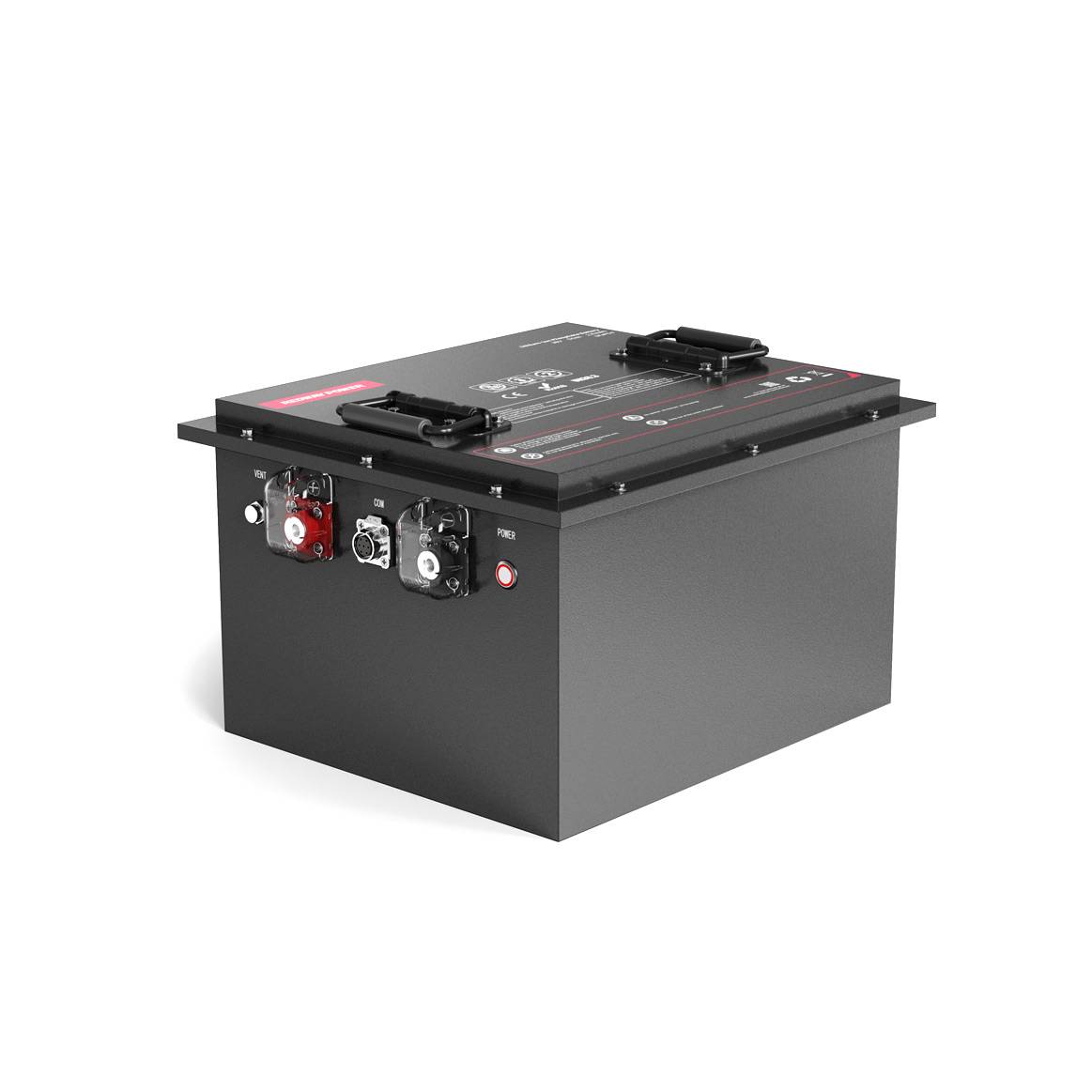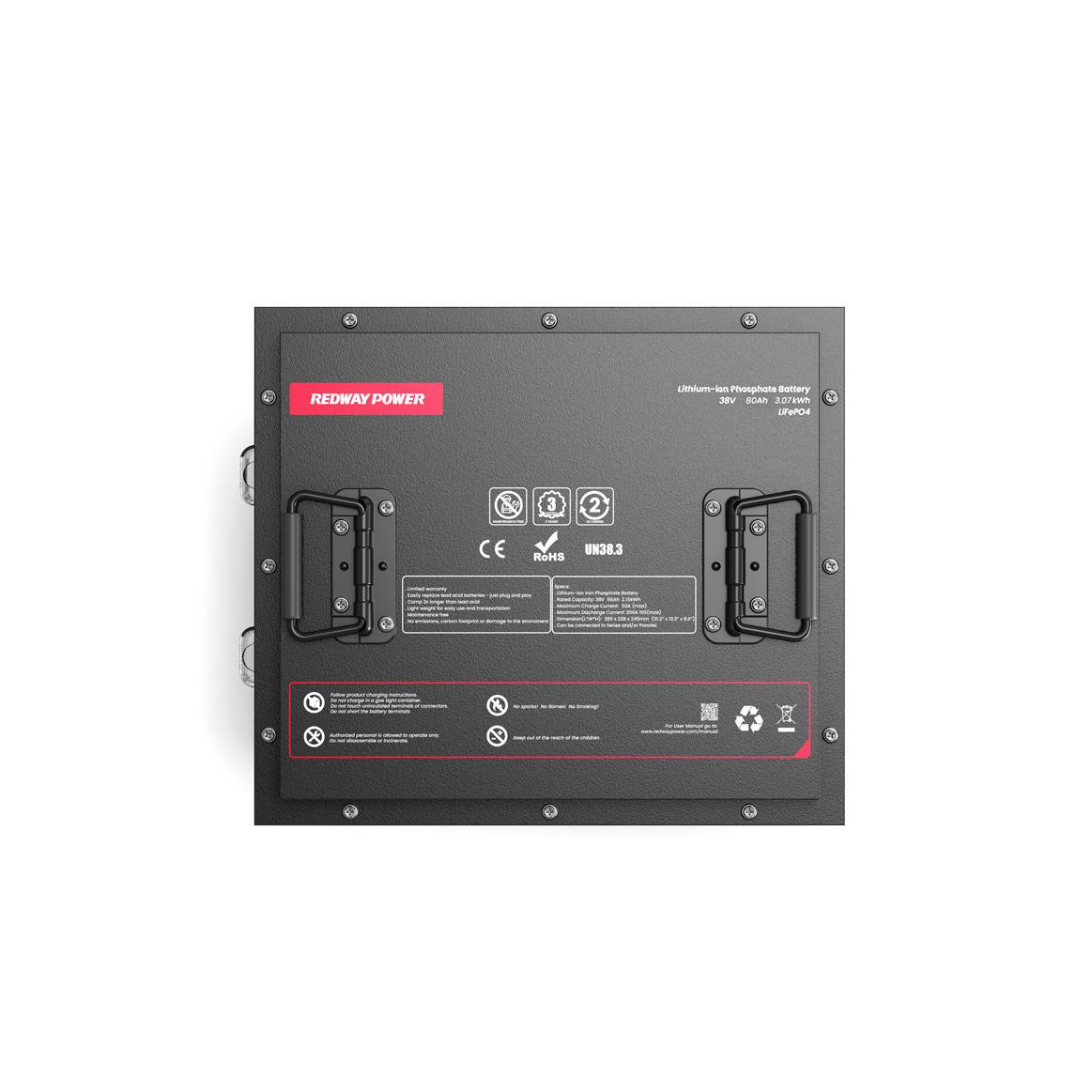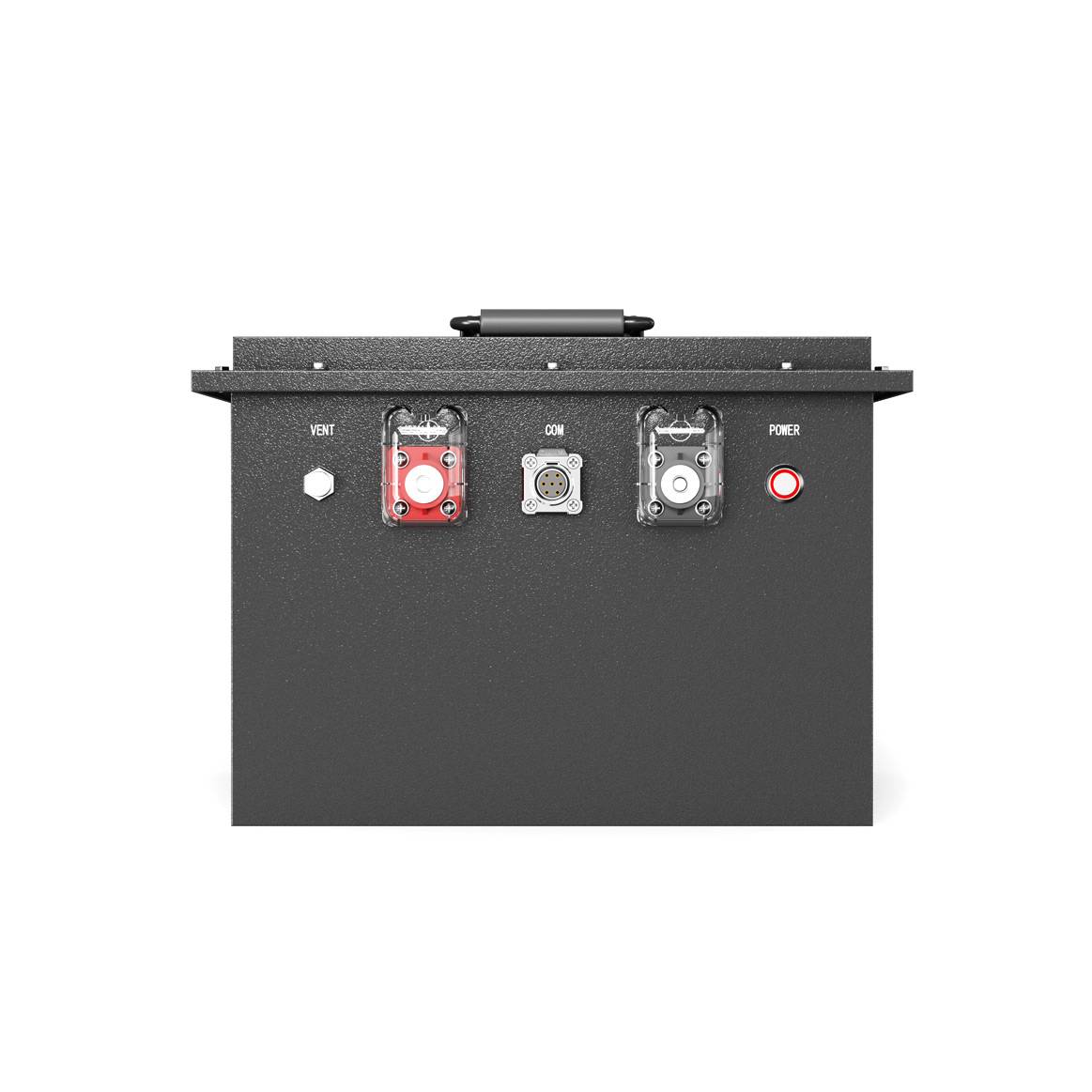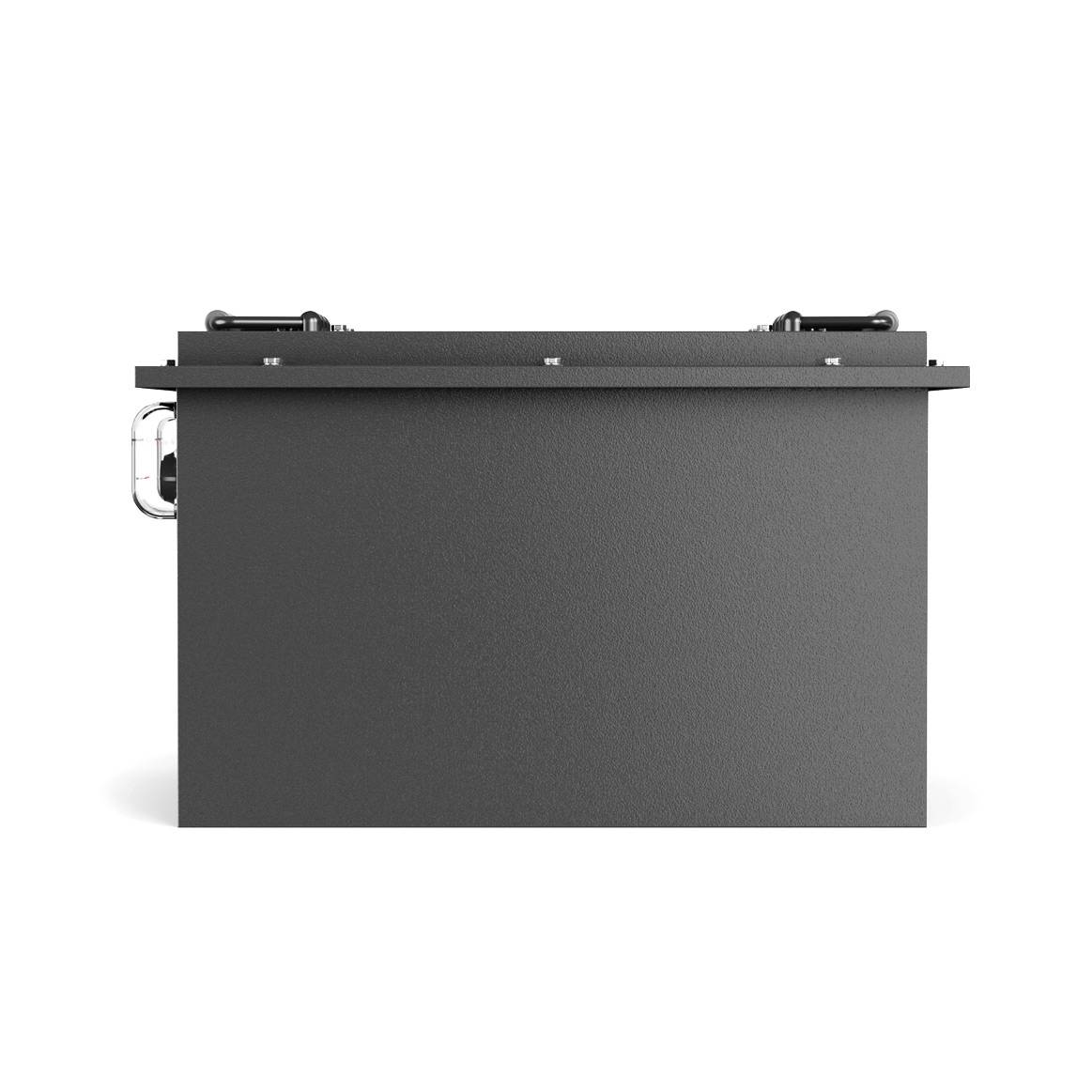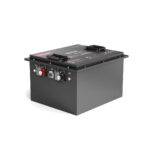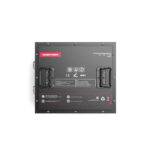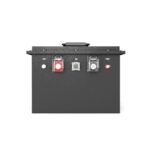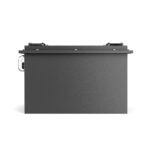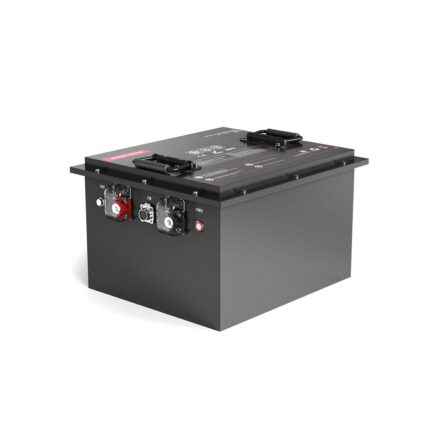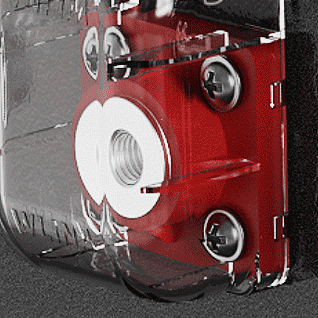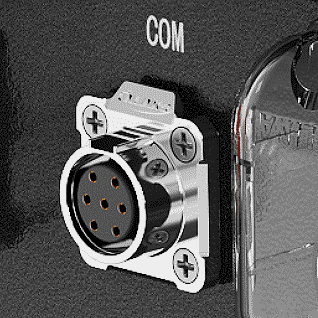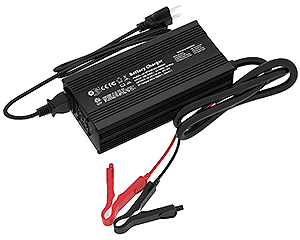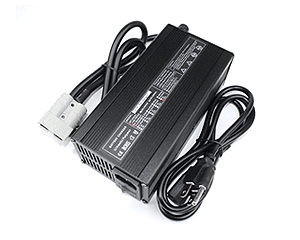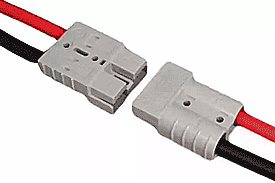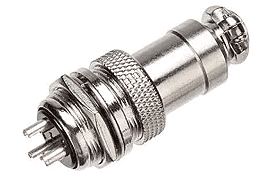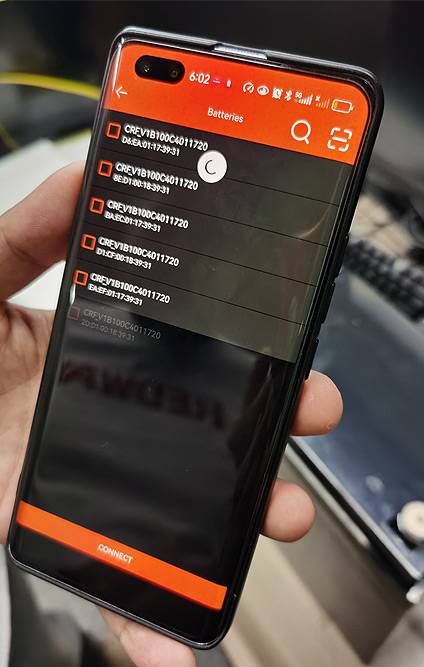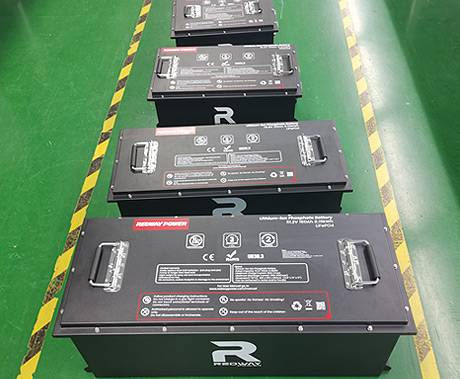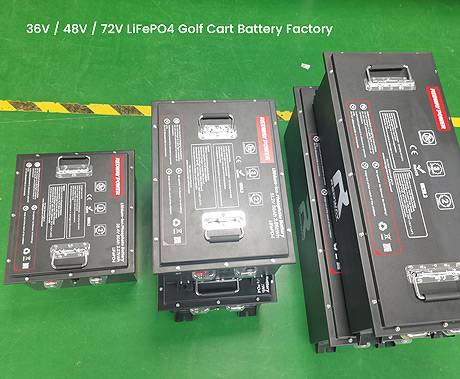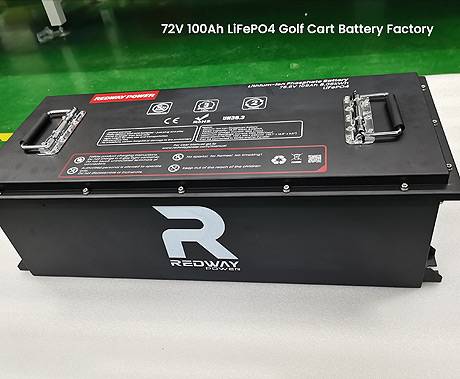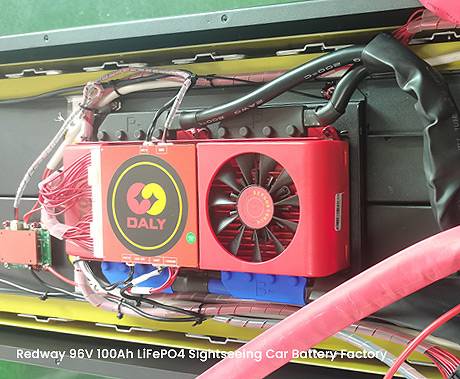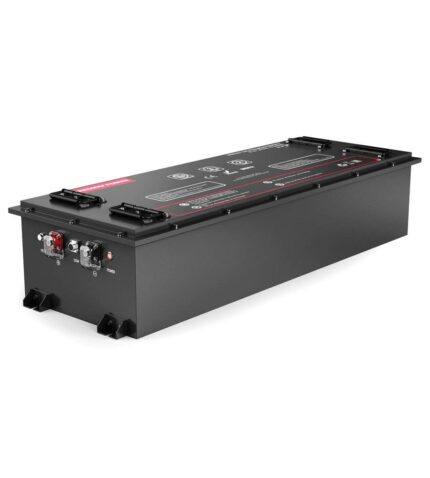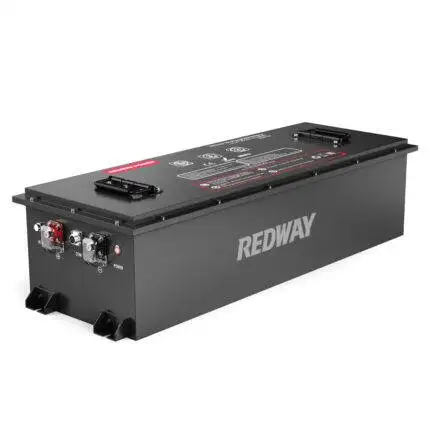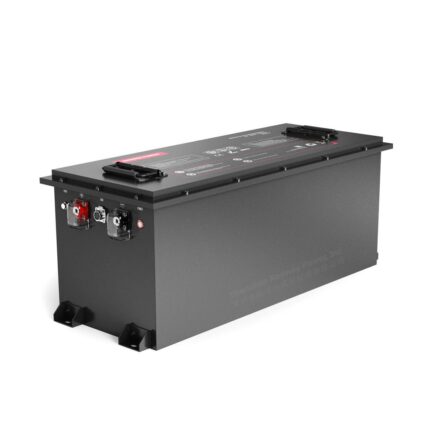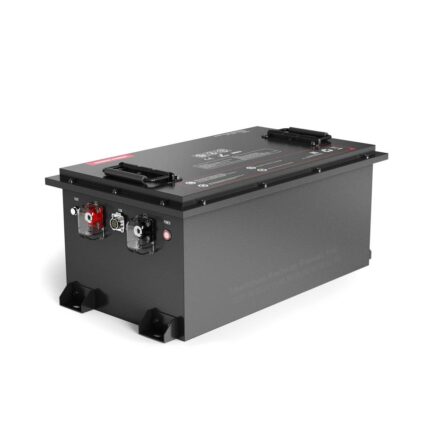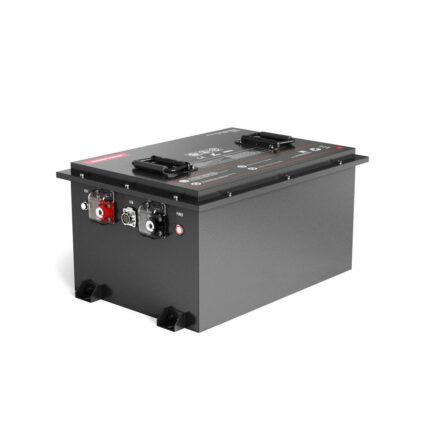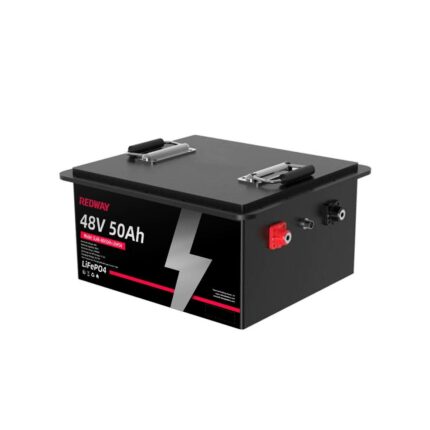The 36V 80Ah LiFePO4 Golf Cart Battery delivers robust energy, long cycle life, and advanced safety for golf carts and electric vehicles. With over 6,000 cycles, IP67-rated durability, and smart BMS, it ensures reliable performance and minimal maintenance. Redway Battery’s customizable solutions make it ideal for OEMs and demanding users.
What makes the 36V 80Ah LiFePO4 Golf Cart Battery unique?
The 36V 80Ah LiFePO4 Golf Cart Battery stands out for its 3.07 kWh energy capacity, delivering 36–46 km (22–29 miles) per charge. Its compact 31 kg design, metal IP67-rated shell, and advanced BMS offer durability and safety. With over 6,000 cycles at 80% DOD and a 5-year warranty, it’s engineered for longevity and reliability.
Chart: Key Features of 36V 80Ah LiFePO4 Golf Cart Battery
| Feature | Specification |
|---|
| Nominal Voltage | 38.4V |
| Nominal Capacity | 80Ah |
| Energy Output | 3.07 kWh |
| Range (per charge) | 36–46 km (22–29 miles) |
| Cycle Life | >6,000 cycles @ 80% DOD |
| Weight | 31 kg |
| Dimensions | 385 x 338 x 245 mm |
| Operating Temp. | -20°C to 65°C |
| Protection | IP67, Metal Shell |
| Warranty | 5 years |
How does the Battery Management System (BMS) ensure safety and performance?
The smart BMS monitors voltage, current, and temperature, providing protection against overcharge, over-discharge, short circuit, and overheating. It supports RS485 and CAN-bus communication, enabling real-time diagnostics and remote monitoring. Optional upgrades include Bluetooth, GPS, and self-heating for enhanced control and adaptability.
What are the technical specifications and dimensions of the 36V 80Ah battery?
This battery delivers 38.4V nominal voltage and 80Ah capacity, storing 3.07 kWh of energy. It measures 385 x 338 x 245 mm and weighs 31 kg. The battery supports continuous 80A discharge, 200A peak for 10 seconds, and charges fully in about 3.5 hours at 22A.
Why is LiFePO4 chemistry ideal for golf carts and electric vehicles?
LiFePO4 batteries provide higher energy density, longer lifespan, and superior safety compared to lead-acid. They are lighter, maintenance-free, and deliver stable voltage throughout discharge, ensuring consistent power for golf carts and other electric vehicles in demanding conditions.
How long is the cycle life and what is the expected lifespan?
The 36V 80Ah LiFePO4 battery is rated for over 6,000 cycles at 80% DOD, translating to 10–20 years of typical use. This longevity significantly reduces replacement frequency and total cost of ownership, making it a cost-effective solution for both private and commercial fleets.
What are the installation and maintenance requirements?
Installation is straightforward with a drop-in-ready design. Maintenance is minimal: check connections, monitor state-of-charge, and clean terminals as needed. The sealed, robust design eliminates acid leaks, fumes, and corrosion, making it virtually maintenance-free.
Chart: Installation and Maintenance Checklist
| Task | Frequency |
|---|
| Check Connections | Monthly |
| Clean Terminals | As needed |
| Monitor SOC Meter | Regularly |
| Performance Test | Annually |
Where can the 36V 80Ah LiFePO4 battery be used beyond golf carts?
This battery powers not only golf carts but also electric tricycles, scooters, tour LSVs, club cars, AGVs, and marine craft. Its robust build and wide temperature range make it suitable for both indoor and outdoor, commercial, and recreational applications.
What warranty, certifications, and support does Redway Battery offer?
Redway Battery provides a 5-year warranty and supports OEM/ODM customization. The battery is certified to UL 1642, IEC 62133, CE, RoHS, and UN38.3 standards. Redway Battery offers global support, technical consultation, and flexible solutions for OEM, wholesale, and B2B clients.
How does the 36V 80Ah LiFePO4 battery compare to lead-acid batteries?
The 36V 80Ah LiFePO4 battery lasts up to 4–10 times longer, is 50% lighter, and charges faster than lead-acid batteries. It delivers higher usable energy, deeper discharge capability, and requires no maintenance, making it a superior replacement for traditional batteries in golf carts and electric vehicles.
How does this battery contribute to environmental sustainability?
LiFePO4 batteries are free from toxic heavy metals, fully recyclable, and have a long service life, reducing battery waste. Their high efficiency and lack of acid spills or fumes make them an environmentally responsible choice for electric mobility.
Who is Redway Battery and why choose their solutions?
Redway Battery, established in 2012, is a global leader in advanced lithium battery technology. With a focus on innovation, quality, and customer support, Redway Battery serves clients worldwide, offering reliable, customizable, and certified battery solutions for a wide range of applications.
Can the 36V 80Ah battery be customized for OEM or fleet applications?
Yes, Redway Battery specializes in OEM and ODM customization, offering features like Bluetooth monitoring, solar integration, custom enclosures, and communication interfaces (CAN-bus, RS485). This flexibility ensures seamless integration for fleet operators and manufacturers.
Redway Battery Expert Views
“The 36V 80Ah LiFePO4 battery exemplifies Redway Battery’s dedication to innovation, safety, and reliability. With advanced BMS, rugged design, and global support, this battery delivers peace of mind and superior performance for electric vehicles and energy storage.”
– Redway Battery Technical Expert
Conclusion
The 36V 80Ah LiFePO4 Golf Cart Battery delivers reliable, high-performance power for golf carts and beyond. With advanced safety, long lifespan, and eco-friendly design, it’s the optimal choice for modern electric vehicles. Supported by Redway Battery’s expertise and global reach, this battery is a smart investment in sustainable mobility.
FAQs
What is the range of a 36V 80Ah LiFePO4 golf cart battery?
A fully charged 36V 80Ah battery can deliver 36–46 km (22–29 miles) per charge, depending on vehicle type and terrain.
How long does it take to charge the battery?
Charging typically takes 3.5 hours with a standard 22A charger.
Is the 36V 80Ah battery compatible with my golf cart?
The battery is designed as a drop-in replacement for most 36V golf carts and electric vehicles.
Does the battery require regular maintenance?
LiFePO4 batteries are virtually maintenance-free, requiring only occasional checks of connections and state-of-charge.
Can the battery operate in extreme temperatures?
Yes, it operates efficiently from -20°C to 65°C and is protected against dust and water with an IP67 rating.



